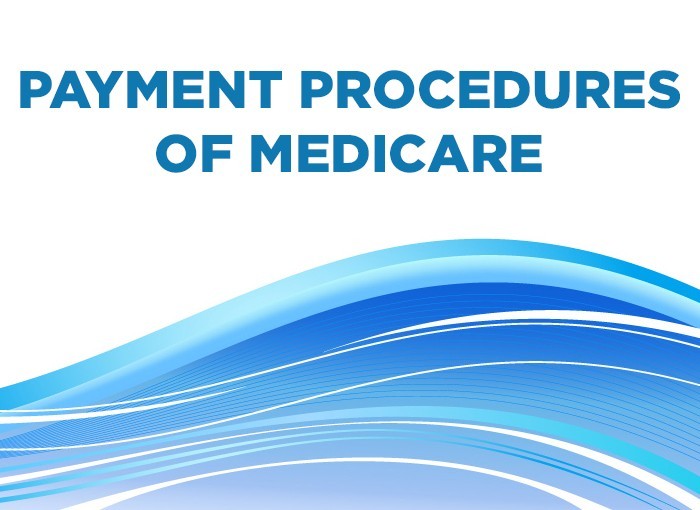What are the Payment Procedures for Different Parts of Medicare?
What are the Payment Procedures for Providers Under Different Parts of Medicare?
Medicare is the federal health insurance program of the US or America’s national health insurance program, run by the Centres for Medicare and Medicaid Services (CMS). It provides health coverage to people who are 65 or older, under 65 with End-Stage Renal Disease (ESRD), or under 65 and receiving Social Security Disability Insurance (SSDI). Medicare is categorized into four parts, Parts A, B, C & D, to cater to the health needs of the people.
This article will talk about how the Medicare-participating healthcare providers in the US get paid and how long the Medicare program takes to pay a provider? Read on to know more.
How does Medicare pay to healthcare providers?
Before knowing how Medicare reimbursements for the participating providers are processed and how long does it take to pay, it’s vital to know all the basic details about Medicare as payment methods may vary for each part. Let’s take a look at the types of Medicare first.
Four parts of Medicare;
Part A (Hospital Insurance) – Medicare Part A is precisely designed to provide inpatient hospital stays, skilled nursing facility, hospice care, and limited home health care as well.
Part B (Medical Insurance) – Medicare Part B is designed to provide outpatient medical care, medical supplies, and limited doctors’ services.
Part C (Medicare Advantage Plan) – It’s designed to offer Medicare benefits through a Medicare Advantage Plan, also known as Medicare private health plan.
Part D (Prescription drug coverage) – Part D of Medicare covers prescription drugs including some recommended vaccines or shots.
How does Medicare pay a provider?
Medicare Administrative Contractor (MAC) is responsible to process every claim submitted to Medicare. MAC evaluates every claim before processing it. This process usually takes around 30 days. And, this is the usual time taken by Medicare to pay the providers. However, the time may differ with each part of Medicare as some providers are directly paid by Medicare that takes less time than usual.
Let’s understand the reimbursement process for each part to understand the time taken by Medicare to pay the healthcare providers.
Medicare reimbursement for each Part (Part A, B, C, & D)
The healthcare providers falling in Part A of Medicare receive direct payment from Medicare. In a Part B claim, the reimbursement depends on who has accepted the assignment of the claim. The healthcare provider receives 80% of the procedure if it accepts the assignment of the claim. The patient bears the remaining 20% of the cost.
Medicare uses Inpatient Prospective Payment System (IPPS) to pay to the providers furnishing hospital-based services i.e. Part A. Under the IPPS, Medicare pays prospective payment per beneficiary discharge to the hospitals. Medicare also pays supplemental Medicare reimbursement under the IPPS to some hospitals. For the hospitals treating a high volume of patients with low income, Medicare pays the facility an add-on payment, known as the Disproportionate Share Hospital adjustment.
As mentioned earlier, Medicare Part B covers outpatient care and supplies. The hospital Outpatient Prospective Payment System (OPPS) or the Physician Fee Schedule is used to pay the medical service providers falling in the Part B category.
The Part C of Medicare covers private healthcare providers using Medicare Advantage plans. Medicare reimburses them with a capitated amount per beneficiary for Part A and B benefits. A bidding process is used by Medicare to determine the capitated amounts in each area. Using the capitated payments, Medicare Advantage plans reimburse the healthcare providers through individual contracts.
Medicare Part D provides coverage on prescription drugs and uses private drug plans to avail voluntary benefits on prescription drugs. Medicare pays plan sponsors a capitated per-member, per- month payment for benefits management.
Medicare connects with healthcare providers across the country to provide medical services to a large population. The process not just boosts the entire healthcare sector comprising doctors, physicians, hospitals, and other providers, but serves the true purpose of providing medical coverage to the people.




